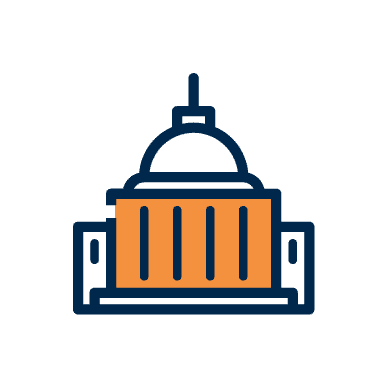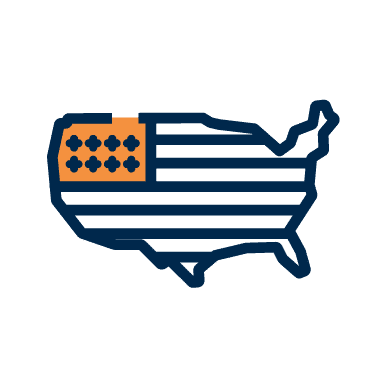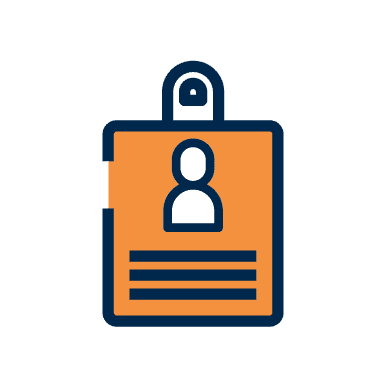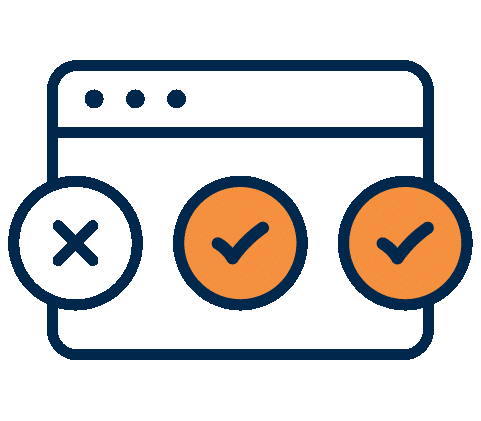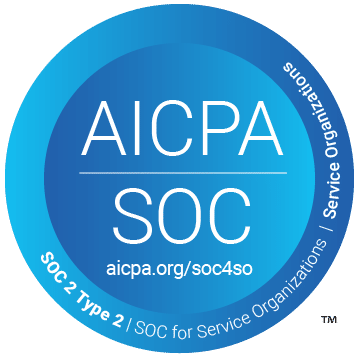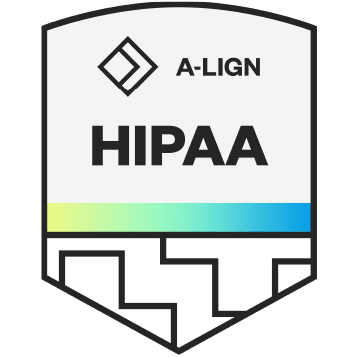Background
In 2013, the OIG issued an updated revised bulletin regarding the effect of exclusion from participation in federal programs. As part of that bulletin, the OIG addressed a number of somewhat gray areas including whether volunteers should be screened regularly and the potential liability for organizations that use volunteers who excluded from participating in federal health care programs.
Below is a summary of OIG guidance provided on the breadth and effect of exclusion:
- The effect of an OIG exclusion is that no Federal health care program payment may be made for any items or services furnished (1) by an excluded person or (2) at the medical direction or on the prescription of an excluded person. An excluded person may not provide services that are payable by federal health care programs, regardless of whether the person is an employee, a contractor, or a volunteer or has any other relationship with the provider.
- The prohibition on Federal health care program payment for items or services furnished by an excluded individual includes items and services beyond direct patient care, including services performed by excluded individuals who work for or under an arrangement with a hospital, nursing home, home health agency, or managed care entity regardless of whether such services are separately billable or are included in a bundled payment.
- A provider could be subject to civil monetary penalty (CMP) liability if an excluded person participates in any way in the furnishing of items or services that are payable by a federal health care program. CMP liability could result if the provider’s claim to the federal health care program includes any items or services furnished by an excluded person, even if the excluded person does not receive payments from the provider for his or her services (e.g., a non-employed excluded physician who is a member of a hospital’s medical staff or an excluded health care professional who works at a hospital or nursing home as a volunteer.
The OIG did not mandate that all volunteers must be screened against federal exclusion lists such as the List of Excluded Individuals/Entities (LEIE) but instead offered guidance on how to assess who should be screened regularly:
- OIG recommends that to determine which persons should be screened against the LEIE, the provider review each job category or contractual relationship to determine whether the item or service being provided is directly or indirectly, in whole or in part, payable by a federal health care program. If the answer is yes, then the best mechanism for limiting CMP liability is to screen all persons that perform under that contract or that are in that job category.
- Providers should determine whether or not to screen contractors, subcontractors, and the employees of contractors using the same analysis that they would for their own employees. Providers can rely on others to conduct such screening, such as staffing agencies or other contractors. However, regardless of whether and by whom screening is performed and the status of the person (e.g., employee, subcontractor, employee of contractor, or volunteer), the provider is subject to overpayment liability for any items or services furnished by any excluded person for which the provider received Federal health care program reimbursement and may be subject to CMP liability if the provider does not ensure that an appropriate exclusion screening was performed.
How the Screening Guidance has been Interpreted
Organizations have adopted varying approaches to the screening of volunteers against federal exclusions lists. The most conservative and comprehensive approach is to scan all volunteers, regardless of their job category or function. However, other organizations have taken a more nuanced approach to the requirement, relying on the OIG guidance on determine whether the item or service being provided by a volunteer is directly or indirectly, in whole or in part, payable by a federal health care program.
A 2019 discussion thread on the webpage of the Society for Corporate Compliance and Ethics offered an interesting discourse by compliance professionals about exclusion screening of volunteers. As reflected in the responses, a range of factors were considered. For example, looking at the overall integrity of an organization’s workforce can drive a decision to screen all volunteers even if that is not technically required. Others raised the issue of differentiating between volunteer medical staff versus volunteers who may provide office services. In the case of the former, the potential risk of a volunteer provider services being billed, directly or indirectly, is much higher than for volunteer staff who assist in the business office. This differentiation between clinical and non-clinical volunteers appears to be supported by earlier OIG guidance that providers check the LEIE “routinely (e.g., at least annually)” for “medical and clinical staff members.” However, there appeared to be some consensus that the safest and most risk-averse approach was to screen all volunteers regularly regardless of their role.
Conclusion
Given the potential penalties, the safest course is to screen all volunteers against the LEIE and SAM databases, as well as take the steps necessary to eliminate the potential risks of onboarding an excluded or otherwise unsuitable individual. Regularly screening thereafter will ensure that adverse actions that are taken against any current member of the workforce (employee, contractor, intern or volunteer) subsequent to onboarding are captured and can be addressed. A challenge for some larger organizations and institutions is maintaining a current and comprehensive database of all volunteers, in clinical or administrative roles, where volunteer engagement may be managed at a department or subsidiary level.
The risk posed by volunteer screening may indeed be low – based on a recent review of OIG activity, it does not appear that there have been any OIG enforcement actions taken against organizations due to volunteer issues. However, given the ease with which screening of volunteers can be accomplished by exclusion screening experts such as Streamline Verify, adopting the most comprehensive approach can eliminate risk and potential headaches before they become a reality.



